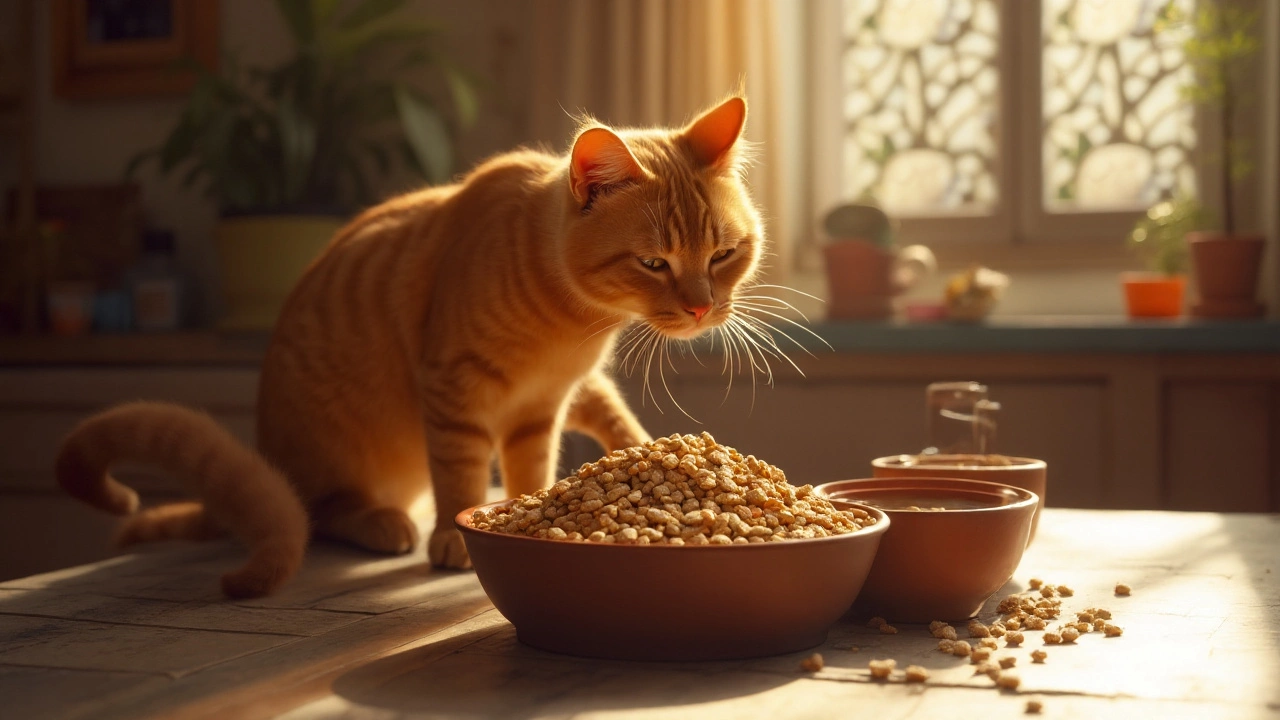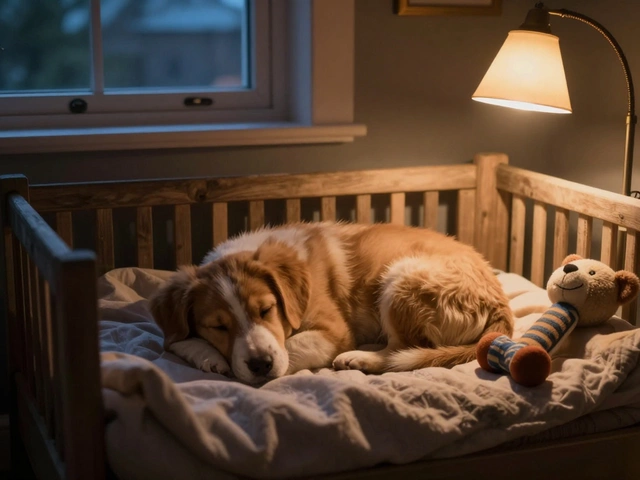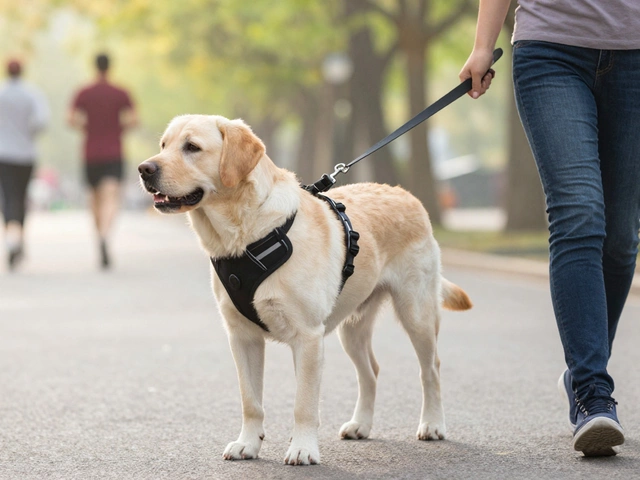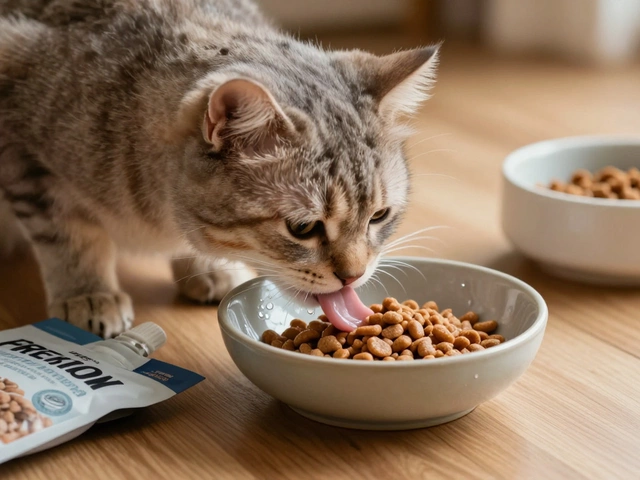Cats Dry Food: What Every Owner Should Know
If you’re scrolling through pet aisles, dry kibble is the first thing you’ll see for cats. It’s cheap, easy to store, and looks like a quick solution. But not every dry food is created equal, and feeding the wrong blend can lead to tired coats, weight issues, or digestive upsets. This guide breaks down the basics so you can pick a kibble that actually works for your cat.
Choosing the Right Dry Food
Start by checking the ingredient list. Real meat should be the first item – look for chicken, turkey, or fish. If the list opens with “corn” or “wheat,” the protein level is probably low and the carbs high, which isn’t ideal for obligate carnivores like cats.
Next, check the guaranteed analysis. Aim for at least 30% protein and under 10% carbohydrates. Cats need more protein than dogs, and too many carbs can lead to obesity and urinary problems.
Age matters, too. Kitten kibble has extra calories and DHA for brain development, while senior formulas add joint‑supporting nutrients like glucosamine. If your cat is neutered, look for weight‑control versions that cut down on calories without skimping on protein.
Don’t forget about moisture. Dry food is only about 10% water, so supplement with a wet meal or a water fountain to keep your cat hydrated.
Feeding Tips & Common Mistakes
Measure every meal. It’s easy to overfill the bowl, especially if you’re busy. Use the feeding guidelines on the bag as a starting point, then adjust based on your cat’s body condition. You should be able to feel a slight waist when you look from above.
Rotate flavors occasionally. Cats can get bored with the same taste, and rotating helps you spot food allergies early. If you notice itching, sneezing, or digestive changes after a new flavor, switch back and consult your vet.
Avoid free‑feeding unless your cat is a careful eater. Leaving food out all day can lead to overeating and weight gain. Set regular meal times – two meals for adults, three for kittens – and stick to them.
Store kibble in an airtight container. Exposure to air and humidity can make the food go stale faster, reducing palatability and nutrient quality.
Finally, keep an eye on the litter box. Dry food can affect urine concentration. Dark, strong‑smelling urine or litter clumping less than usual could signal a hydration issue. Add a little water to the kibble or serve a wet meal if you see these signs.
Choosing the right dry food and feeding it the right way doesn’t have to be confusing. Focus on real meat, proper protein levels, and a feeding routine that matches your cat’s lifestyle. With a bit of attention, you’ll see a shinier coat, more energy, and a happy feline who knows you’ve got their back.

Can Cats Live on Dry Food Alone? Pros, Cons & Best Practices for Feline Diet
Do cats thrive on dry food only? Learn the facts, science, pros and cons of an all-dry kibble diet for your feline, and what vets really say about it.
read more



